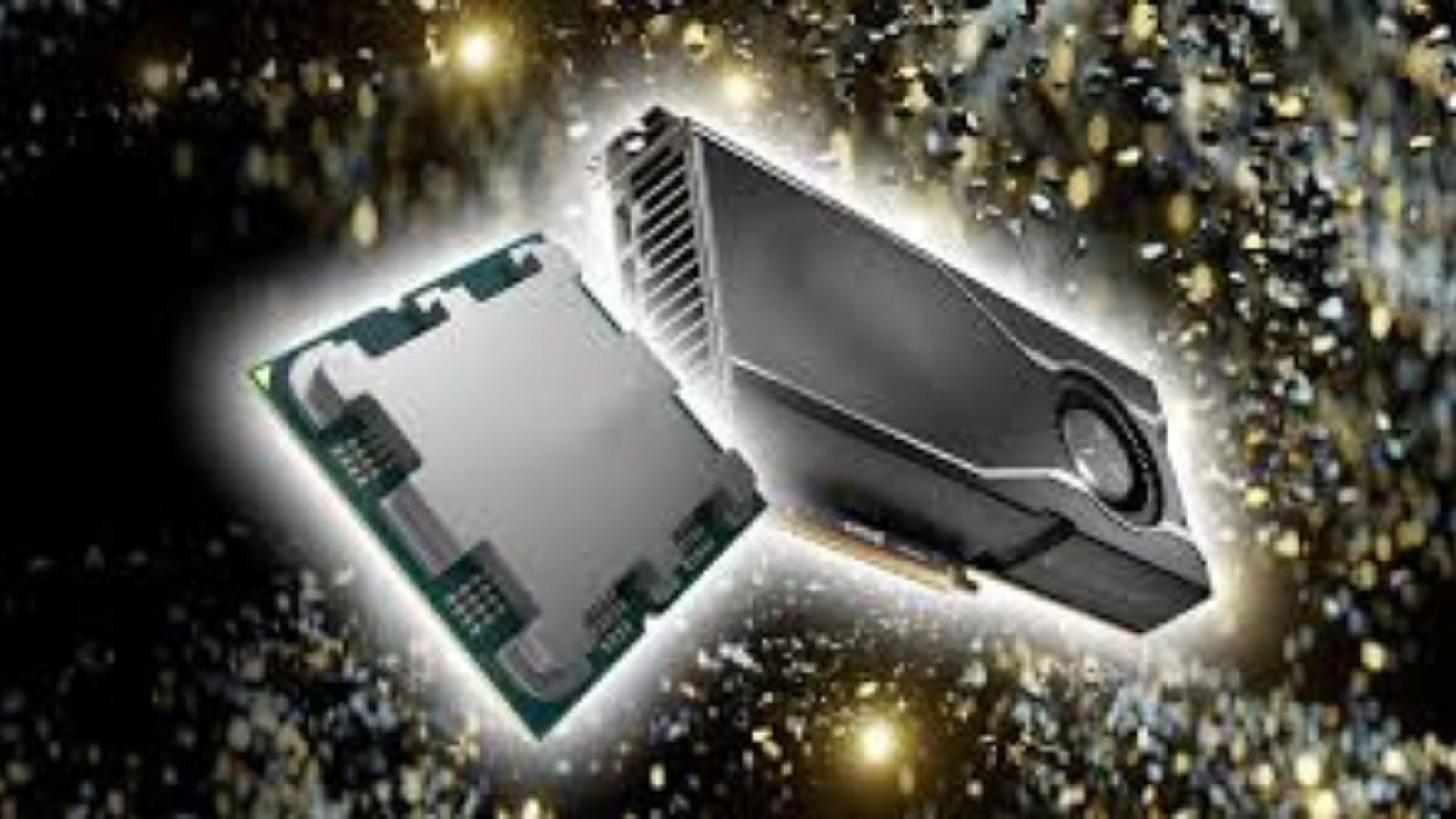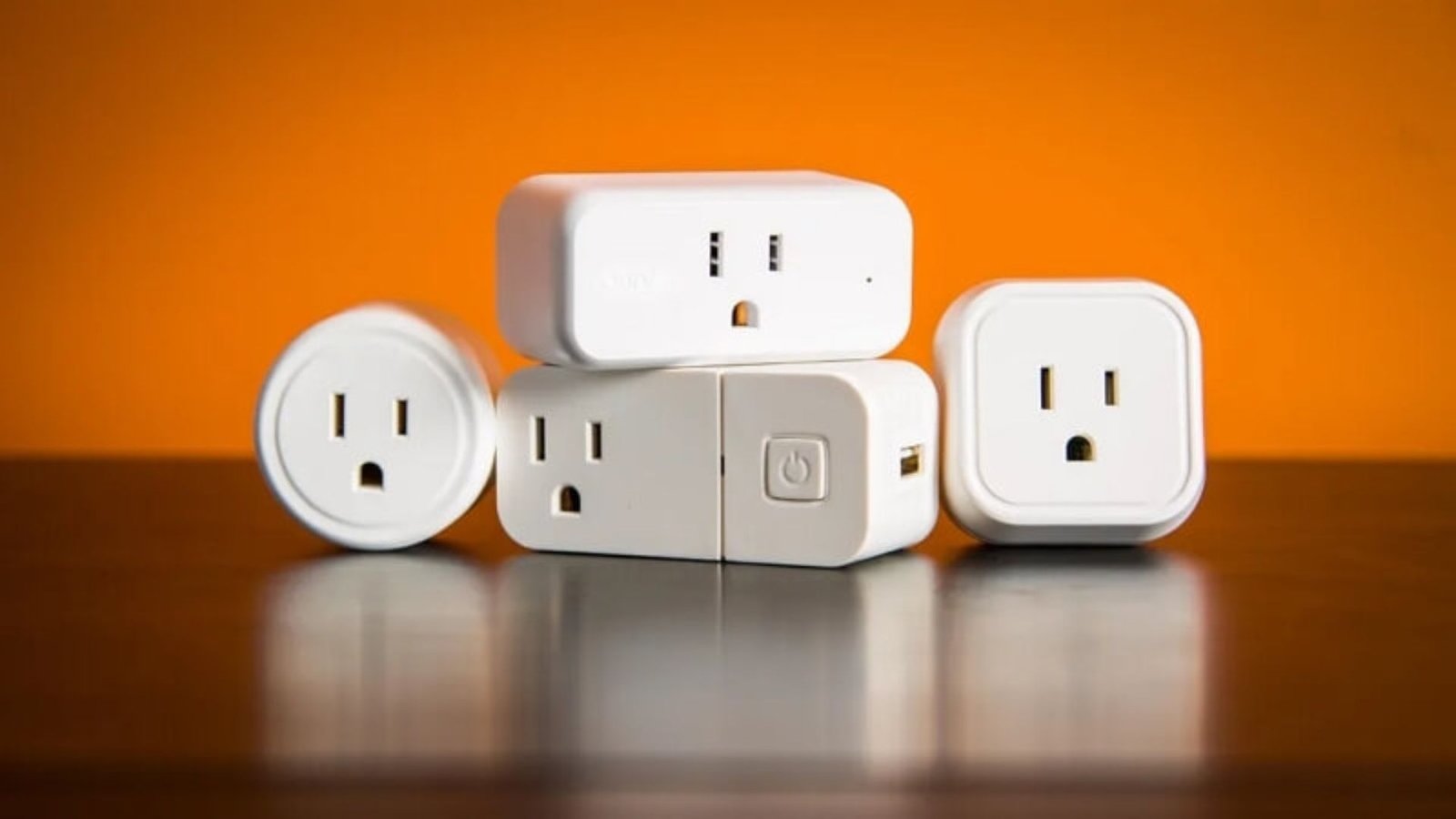Modern gadgets have become an integral part of our daily lives. They are powered by intricate components that work together seamlessly. Understanding these components can help you appreciate the technology behind your favorite devices. In this post, we will explore the key components of modern gadgets, their functions, and how they contribute to the performance and usability of devices.

Key Components of Modern Gadgets
At the heart of every modern gadget lies its core components. These include the processor, memory, battery, display, and sensors. Each component plays a specific role in ensuring the device operates efficiently and provides a user-friendly experience. Understanding how these parts work together helps us appreciate the complexity of today’s gadgets.
1. Processors: The Brain of the Device
The processor, often referred to as the central processing unit (CPU), is the brain of any modern gadget. It handles all the calculations and instructions necessary for the device to perform tasks. Processors are made up of millions, sometimes billions, of transistors that act as switches to control the flow of data.
Modern processors are designed to be faster and more energy-efficient. The performance of a device largely depends on the capabilities of its processor. Whether it’s a smartphone, tablet, or laptop, the processor determines how quickly your device can run apps, load websites, and perform multitasking tasks.
2. Memory: Storing and Accessing Data
Memory is another crucial component of modern gadgets. It is divided into two main types: RAM (Random Access Memory) and storage memory. RAM is temporary memory that helps the device run applications quickly. The more RAM a device has, the better it can handle multiple tasks without slowing down.
Storage memory, on the other hand, holds the data and files on the device. This can include everything from apps to photos, videos, and documents. Devices today are equipped with solid-state drives (SSDs) or flash storage, providing faster read and write speeds compared to older hard drive technology. The combination of ample RAM and fast storage memory ensures smooth performance and quick access to data.
3. Battery: Powering the Device
No gadget can function without a reliable power source, and that’s where the battery comes in. The battery powers the device and allows it to operate without being plugged into an outlet. Modern gadgets typically use lithium-ion (Li-ion) batteries, which are lightweight, rechargeable, and offer a high energy density.
Battery life is one of the most important factors when choosing a device. Gadgets are designed to maximize battery efficiency, allowing them to run for hours on a single charge. Factors like screen brightness, app usage, and power settings all affect how long the battery lasts.
4. Display: Interacting with the Device
The display is the primary interface through which users interact with their gadgets. Modern displays use technologies like OLED, AMOLED, or LCD to produce vibrant colours and sharp images. The screen size, resolution, and touch sensitivity play a significant role in the user experience.
In addition to traditional touchscreens, some gadgets feature foldable or curved displays that enhance functionality and design. The quality of the display is crucial, as it directly affects how enjoyable and efficient it is to use the device, whether you’re watching videos, reading, or browsing the web.
5. Sensors: Enhancing Functionality
Sensors are another vital component of modern gadgets. These small devices allow gadgets to gather information about the environment and respond accordingly. For instance, an accelerometer detects movement and orientation, helping your phone switch between portrait and landscape mode. Similarly, a gyroscope helps with more precise movement detection, especially in gaming.
Other sensors, like the fingerprint scanner or heart rate monitor, offer added security and functionality. Sensors enable a wide range of features, from health tracking to augmented reality, making modern gadgets much more interactive and useful.
Conclusion
Modern gadgets are made up of several essential components, including processors, memory, batteries, displays, and sensors. Each part works in harmony to deliver a seamless user experience, allowing gadgets to perform a wide range of tasks efficiently. Understanding these components gives us a deeper appreciation of the technology that powers our everyday devices. Whether you’re using a smartphone, tablet, or wearable tech, these components play a crucial role in shaping your device’s performance and usability.











